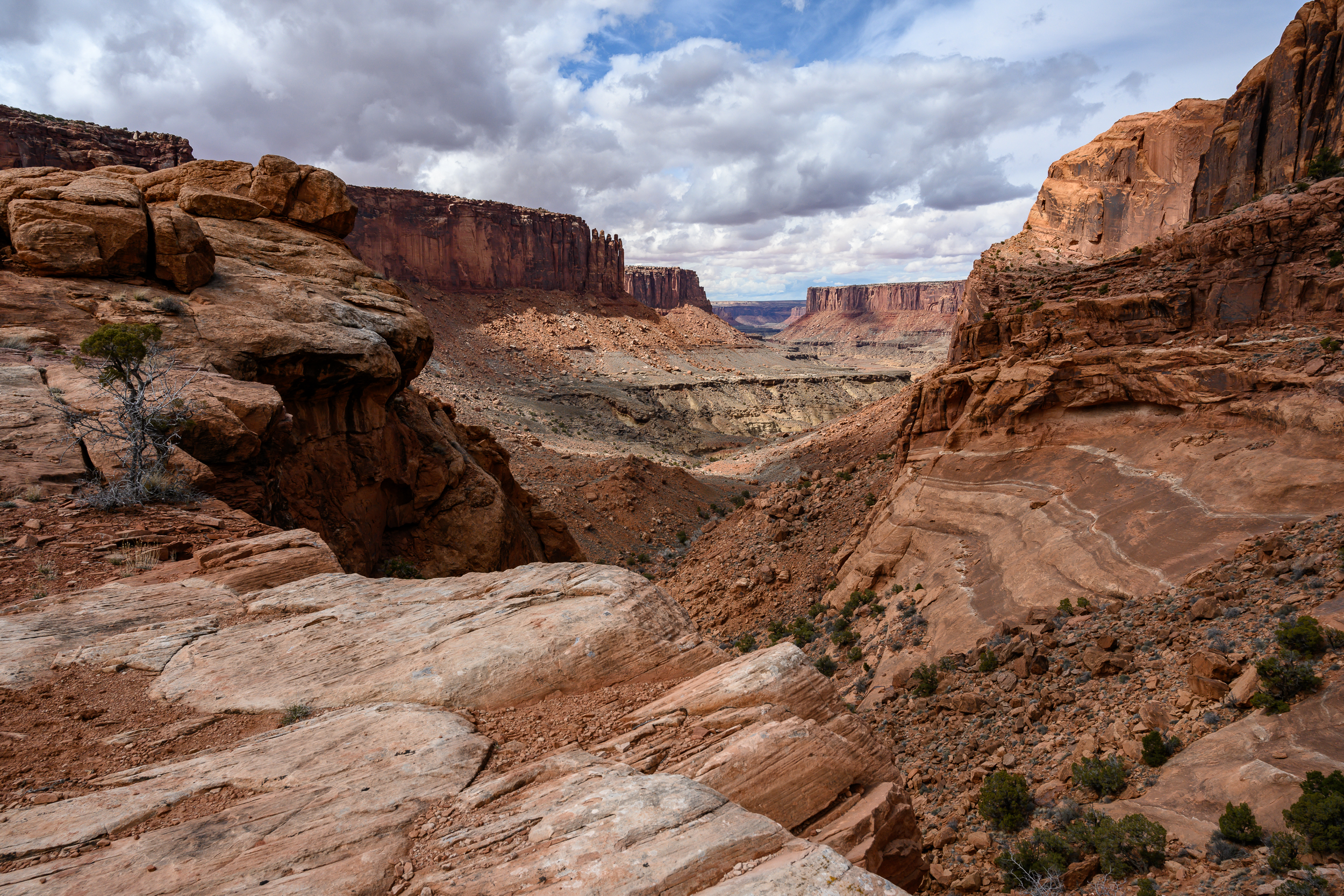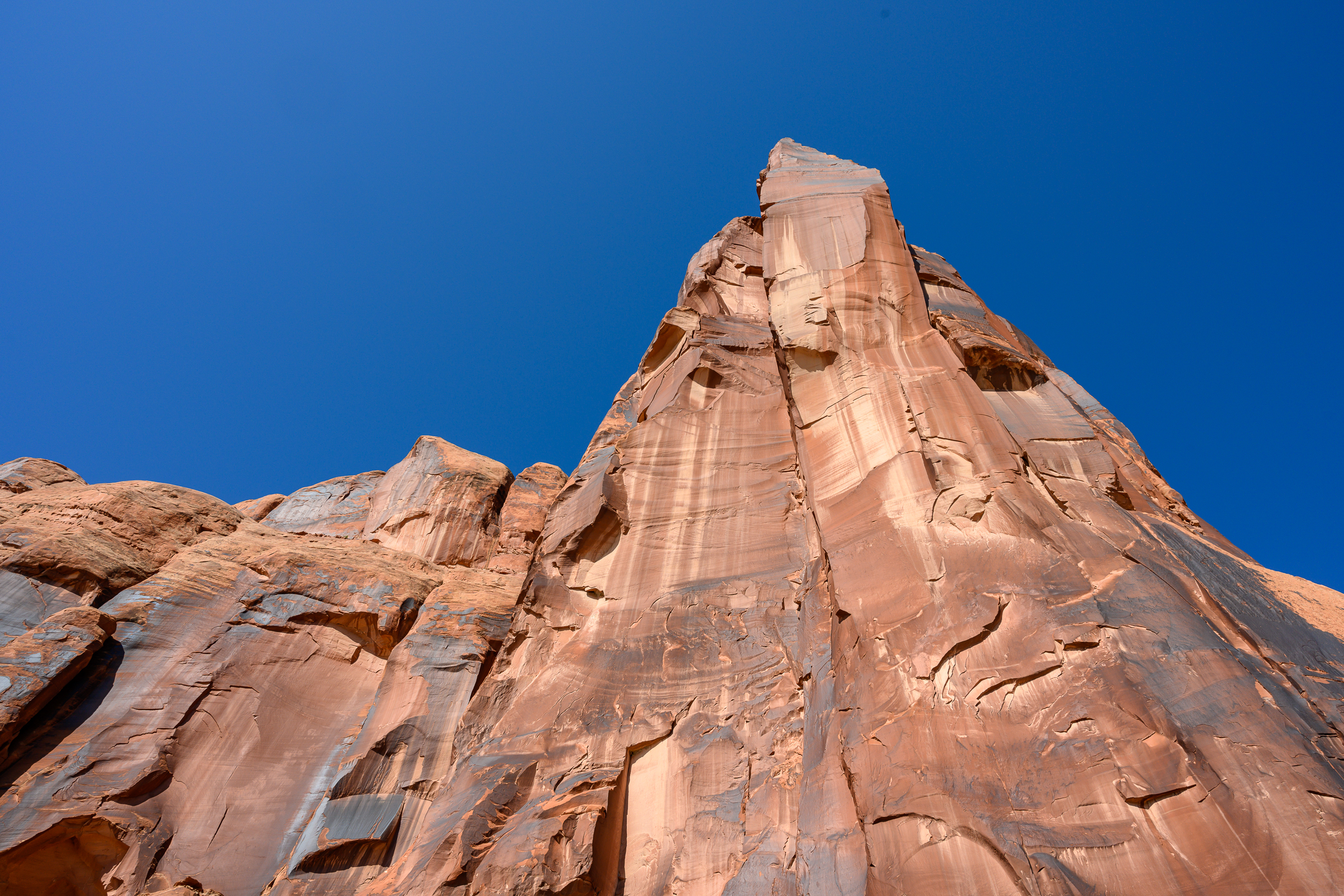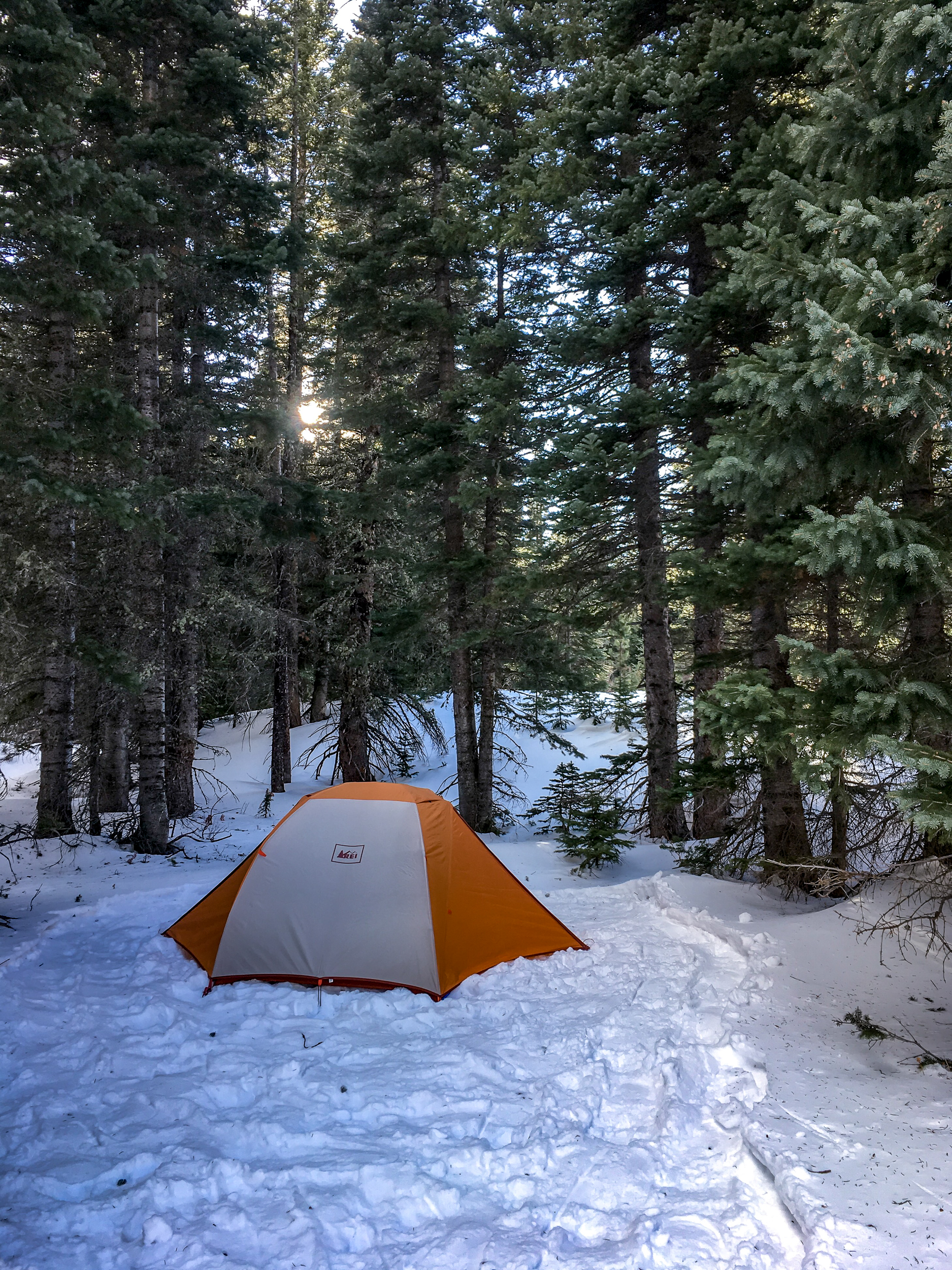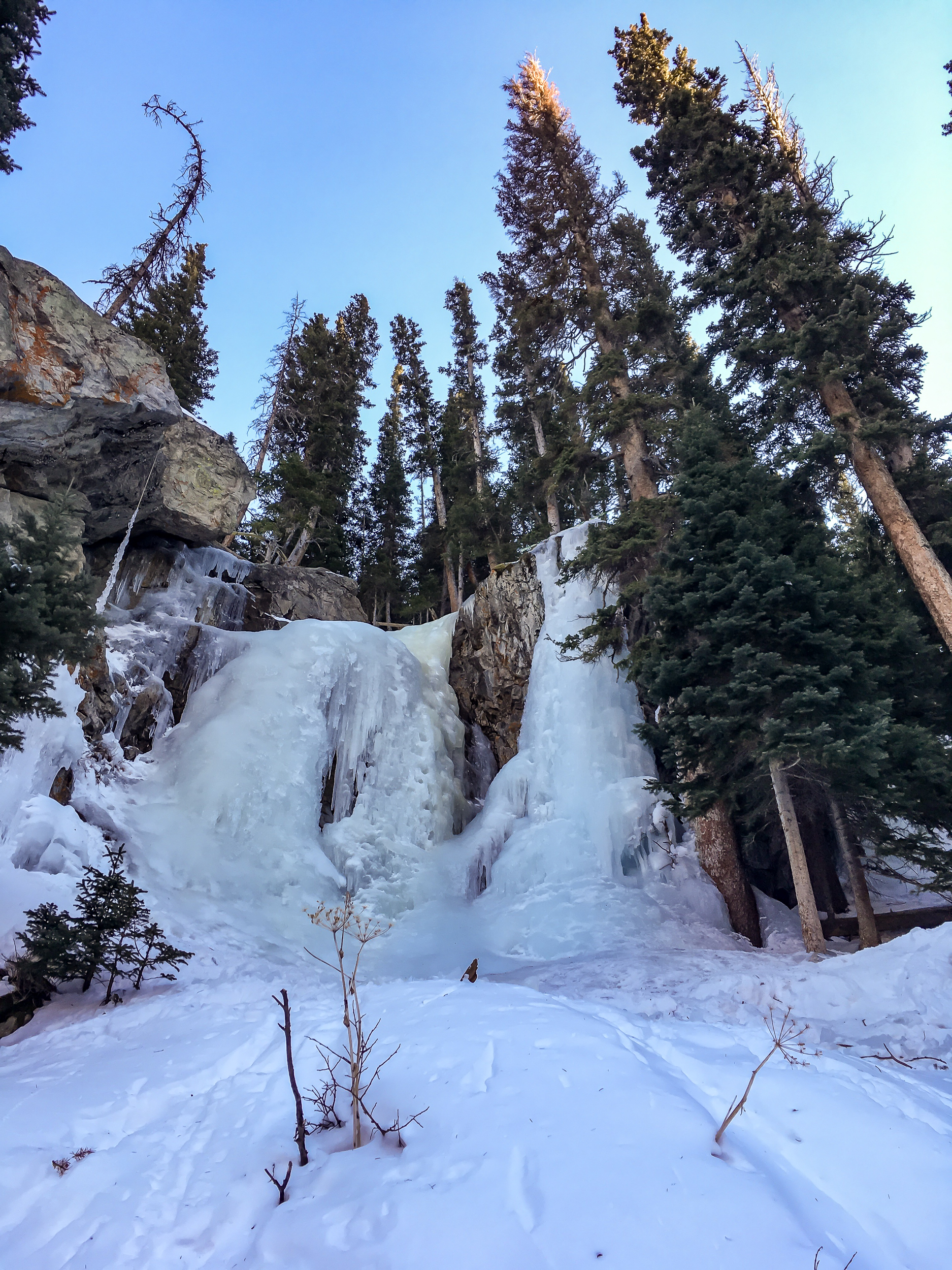I’ve only been back in the US for a few days, but I can’t pass up the chance to jump on my buddy Neal’s Boundary Waters Canoe Area permit. It’s been too long since I was in the midwest’s premier backcountry spot.
The thing I love about the BWCA is the limitless combinations to weave together routes through the lakes. It’s this kind of freeform exploration that I’m drawn to. So in this spirit, we set off for a week in the backcountry with no defined plan.
We set off on a perfect day. Deep blue skies with puffy white clouds lazily floating along. The paddle started with 4 portages in rapid succession. None of them were particularly tough, but loading and unloading that many times gets tiring.
Our first big lake, Fourtown, is a classic BWCA lake. Rocky points, islands, and lots of campsites. We had our pick of the lot and found a sunny site by 2pm. Early enough to get the hammocks out. I like the speed of this trip already.
The next day we paddled to Gun Lake with a few fishing stops along the way. Another great site surrounded by water on 3 sides.
We woke up to a misty, rainy day. We debated if we should stay put or move on. After a few extra cups of rainy day coffee, we decided to move. 😆
Turns out it was a good call. The spot we got on Thunder Lake was top-notch. So good we made it a double. Thunder Lake was very quiet. It’s at the end of the line so not many paddlers make their way up there. Both nights we had clear starry skies and heard elk bugling at night.
After a day off from paddling, we were raring to go. Plus, the wind was picking up and we could feel a storm brewing. Best to get the miles in and find a camp. When we hit Boot Lake the wind was at a full gale. We could see the thunderheads looming in the distance.
After an exhausting paddle, we got to Fourtown Lake. We grabbed a west-facing spot. Figured it was better to get a view of what was rolling in.
We had just enough time to get the tarp up before the rain started bucketing down. For the next 3+ hours, we rode out the multiple waves of thunderstorms that passed by. It was epic and terrifying. By the time everything blew over, it was well past dark. Finding a spot to pitch our tents that wasn’t a puddle was a challenge.
The next day was much cooler with bright blue skies. It was our last full day. Since we hardly slept (and survived the thunderstorms!), we decided to stay firmly planted at camp and take full advantage of the day by making good use of our hammocks.
Links:
Our Route (Gaia GPS)
Entry Point 23 (Google Maps)

































































